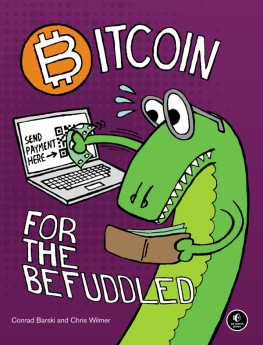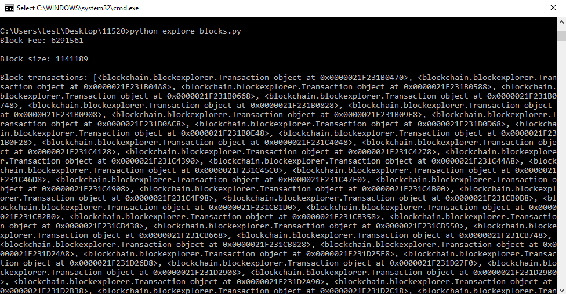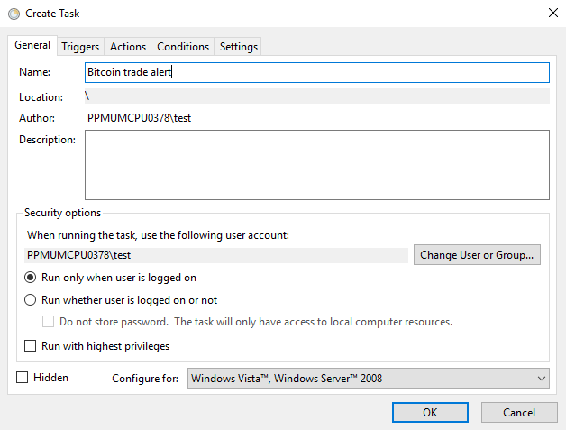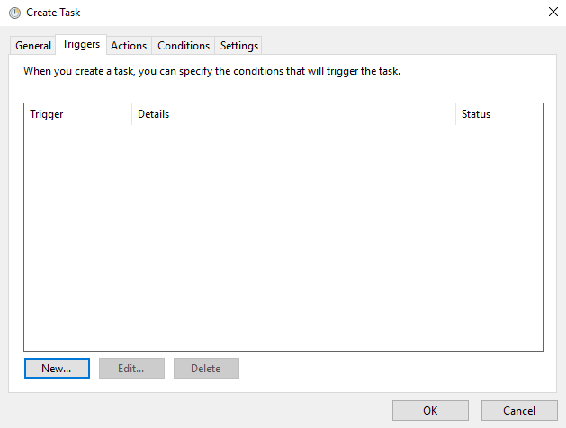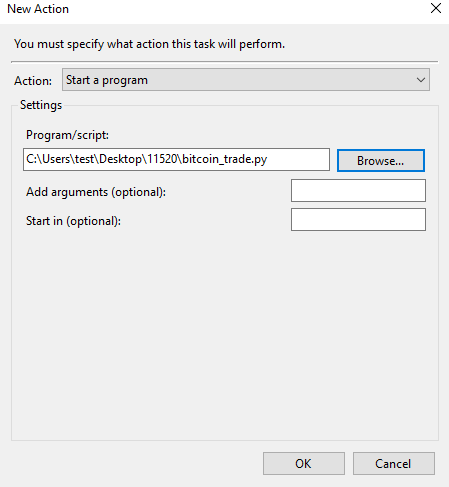Harish Kumar Garg [Harish Kumar Garg] - Hands-On Bitcoin Programming with Python
Here you can read online Harish Kumar Garg [Harish Kumar Garg] - Hands-On Bitcoin Programming with Python full text of the book (entire story) in english for free. Download pdf and epub, get meaning, cover and reviews about this ebook. year: 2018, publisher: Packt Publishing, genre: Home and family. Description of the work, (preface) as well as reviews are available. Best literature library LitArk.com created for fans of good reading and offers a wide selection of genres:
Romance novel
Science fiction
Adventure
Detective
Science
History
Home and family
Prose
Art
Politics
Computer
Non-fiction
Religion
Business
Children
Humor
Choose a favorite category and find really read worthwhile books. Enjoy immersion in the world of imagination, feel the emotions of the characters or learn something new for yourself, make an fascinating discovery.
- Book:Hands-On Bitcoin Programming with Python
- Author:
- Publisher:Packt Publishing
- Genre:
- Year:2018
- Rating:5 / 5
- Favourites:Add to favourites
- Your mark:
Hands-On Bitcoin Programming with Python: summary, description and annotation
We offer to read an annotation, description, summary or preface (depends on what the author of the book "Hands-On Bitcoin Programming with Python" wrote himself). If you haven't found the necessary information about the book — write in the comments, we will try to find it.
Simplified Python programming for Bitcoin and blockchain
Key Features- Build Bitcoin applications in Python with the help of simple examples
- Mine Bitcoins, program Bitcoin-enabled APIs and transaction graphs, and build trading bots
- Analyze Bitcoin transactions and produce visualizations using Python data analysis tools
Bitcoin is a cryptocurrency thats changing the face of online payments. Hands-On Bitcoin Programming with Python teaches you to build software applications for mining and creating Bitcoins using Python.
This book starts with the basics of both Bitcoin and blockchain and gives you an overview of these inherent concepts by showing you how to build Bitcoin-driven applications with Python. Packed with clear instructions and practical examples, you will learn to understand simple Python coding examples that work with this cryptocurrency.
By the end of the book, youll be able to mine Bitcoins, accept Bitcoin payments on the app, and work with the basics of blockchain technology to create simply distributed ledgers.
What you will learn- Master the Bitcoin APIs in Python to manipulate Bitcoin from your Python apps
- Build your own Bitcoin trading bots to buy Bitcoins at a lower price and sell them at a higher price
- Write scripts to process Bitcoin payments through a website or app
- Develop software for Bitcoin mining to create Bitcoin currency on your own computer hardware
- Create your own keys, addresses, and wallets in Python code
- Write software to analyze Bitcoin transactions and produce reports, graphs, and other visualizations
Hands-On Bitcoin Programming with Python consists of examples that will teach you to build your own Bitcoin application. You will learn to write scripts, build software for mining, and create Bitcoins using Python. Anyone with prior Python experience, who wants to explore Python Bitcoin programming and start building Bitcoin-driven Python apps, will find this book useful.
Downloading the example code for this book You can download the example code files for all Packt books you have purchased from your account at http://www.PacktPub.com. If you purchased this book elsewhere, you can visit http://www.PacktPub.com/support and register to have the files e-mailed directly to you.
Harish Kumar Garg [Harish Kumar Garg]: author's other books
Who wrote Hands-On Bitcoin Programming with Python? Find out the surname, the name of the author of the book and a list of all author's works by series.

![Harish Kumar Garg [Harish Kumar Garg] Hands-On Bitcoin Programming with Python](/uploads/posts/book/119676/thumbs/harish-kumar-garg-harish-kumar-garg-hands-on.jpg)




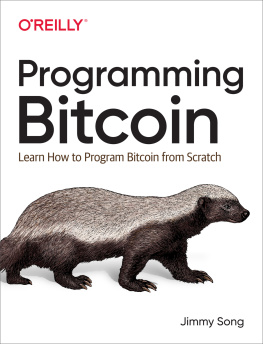
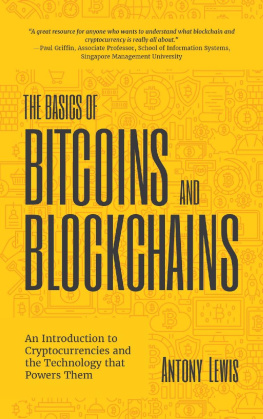
![Jimmy Song [Jimmy Song] - Programming Bitcoin](/uploads/posts/book/119685/thumbs/jimmy-song-jimmy-song-programming-bitcoin.jpg)
